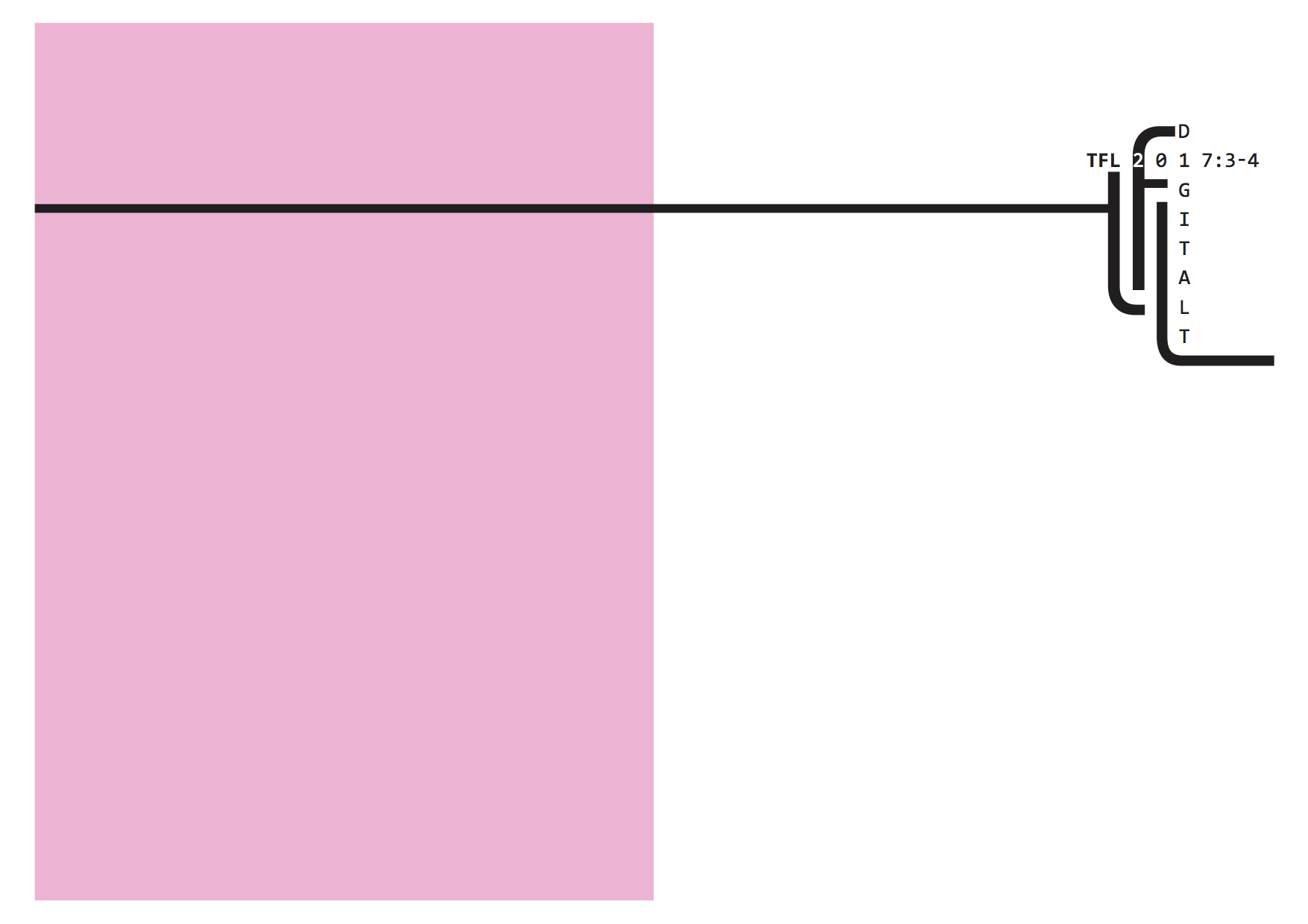Digital Estetikk hos Max Bense og Inger Christensen
DOI:
https://doi.org/10.54797/tfl.v47i3-4.7855Nyckelord:
The cultural history of cybernetics, digital poetry, 1960s, Inger Christensen, Max BenseAbstract
Digital Aesthetics in Max Bense and Inger Christensen
This article examines the concept of digital poetry by the German philosopher and cybernetician Max Bense, and operationalizes it in a reading of the Danish novel Azorno (1967) by Inger Christensen. It suggests that Bense’s concept of digital poetry catches a part of the philosophical zeitgeist of the era. It expresses an idea of a doubled sense of reality – a technical reality – propelled by the mediatechnological condition of the early Information Age. This double sense of reality is traceable in Azorno, and the novel is thus read as a work of literature that both is a product of and a reflection upon the changing mediatechnological conditions in the postwar years.
Nedladdningar
Downloads
Publicerad
Referera så här
Nummer
Sektion
Licens
Författaren/författarna behåller copyright till verket






